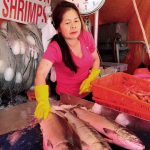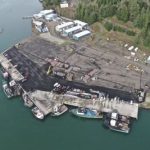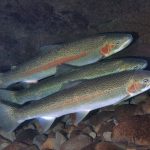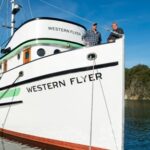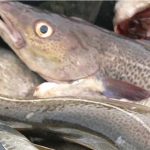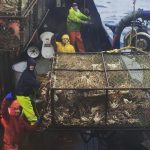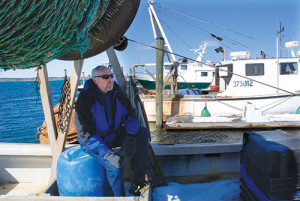Daily Archives: November 10, 2017
The Codfather is Finally In Jail. But Who Is He?
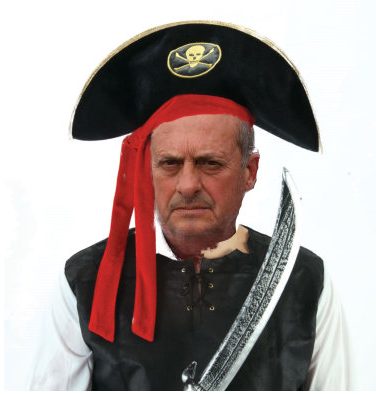 Until his downfall this year, Carlos Rafael, the 65-year-old fishing magnate from New Bedford, Massachusetts owned 36 boats and controlled about one-fifth of the New England cod market. With a business allegedly worth upwards of $100 million, which included a processing facility and various distribution channels, Rafael was one of the biggest players in the North American fish market. ,,, “I hustled a lot of fisherman,” he once admitted. “But shame on them they did not know better.” ,,, “I am a pirate,” he once told a group of federal fisheries regulators. “It’s your job to catch me.” click here to read the story 23:01
Until his downfall this year, Carlos Rafael, the 65-year-old fishing magnate from New Bedford, Massachusetts owned 36 boats and controlled about one-fifth of the New England cod market. With a business allegedly worth upwards of $100 million, which included a processing facility and various distribution channels, Rafael was one of the biggest players in the North American fish market. ,,, “I hustled a lot of fisherman,” he once admitted. “But shame on them they did not know better.” ,,, “I am a pirate,” he once told a group of federal fisheries regulators. “It’s your job to catch me.” click here to read the story 23:01
FISH-NL condemns Ottawa’s decision to reopen south coast cod fishery to offshore factory-freezer trawlers
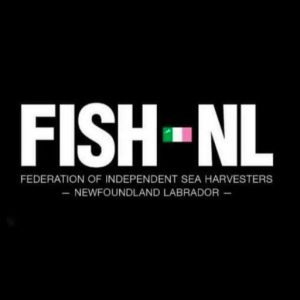 FOR IMMEDIATE RELEASE Nov. 10th, 2017 The federal Department of Fisheries and Oceans is out to destroy the inshore fishery off Newfoundland’s south coast with its decision Friday to reopen the cod fishery to offshore factory-freezer trawlers. “DFO has given the offshore draggers permission to clean up the last of the south coast cod,” says Ryan Cleary, President of the Federation of Independent Sea Harvesters of Newfoundland and Labrador (FISH-NL). click here to read the press release 19:30
FOR IMMEDIATE RELEASE Nov. 10th, 2017 The federal Department of Fisheries and Oceans is out to destroy the inshore fishery off Newfoundland’s south coast with its decision Friday to reopen the cod fishery to offshore factory-freezer trawlers. “DFO has given the offshore draggers permission to clean up the last of the south coast cod,” says Ryan Cleary, President of the Federation of Independent Sea Harvesters of Newfoundland and Labrador (FISH-NL). click here to read the press release 19:30
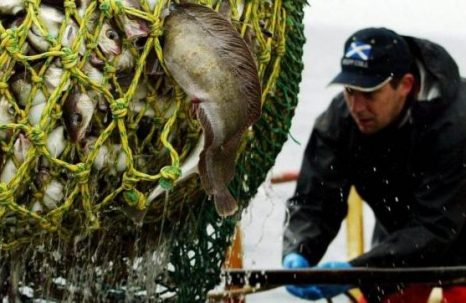
Minister calls for clarity on post-Brexit fishing industry ahead of crunch talks
The UK Government is being urged to “come clean” on its plans for the fishing industry after Brexit as ministers prepare for “difficult” quota talks. Holyrood Rural Economy Secretary Fergus Ewing said all parties must work together in the run-up to crucial European fishing talks in December. He claimed uncertainty over what will happen when the UK leaves the European Union was being compounded by “confusion” from the UK Government over any transition period. The talks in Edinburgh on Friday, which also include representatives from the Welsh and Northern Irish administrations, are “an opportunity to show we are all fully focused on the needs and interests of our respective fishing industries,” he added. click here to read the story 18:32
Transatlantic tuna may be boosting stocks in Gulf of St. Lawrence
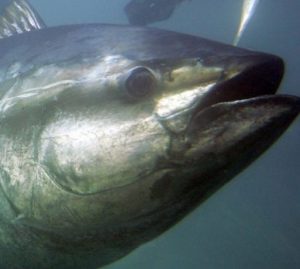 New science released by the international body that manages Atlantic bluefin tuna suggests a theory about why there have been so many tuna in the Gulf of St. Lawrence in recent years. Katie Schleit, senior marine campaign coordinator for the Ecology Action Centre, said science released by the International Commission for the Conservation of Tuna (ICCAT) found a large number of the tuna caught in Gulf waters are from the Mediterranean region. click here to read the story 16:33
New science released by the international body that manages Atlantic bluefin tuna suggests a theory about why there have been so many tuna in the Gulf of St. Lawrence in recent years. Katie Schleit, senior marine campaign coordinator for the Ecology Action Centre, said science released by the International Commission for the Conservation of Tuna (ICCAT) found a large number of the tuna caught in Gulf waters are from the Mediterranean region. click here to read the story 16:33
Biloxi Man Cited for Illegal Shrimping Violation in Breton Sound
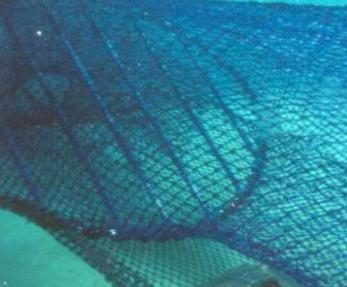 Louisiana Department of Wildlife and Fisheries (LDWF) Enforcement agents cited a Biloxi man on Nov. 7 for allegedly shrimping in state waters with illegal turtle exclusion device’s (TED). Agents were patrolling in Breton Sound conducting a Joint Enforcement Agreement patrol when they found a shrimping vessel in Breton Sound. Agents made contact with the captain, Canh Huu Nguyen, 37, and performed a license compliance check and TED inspection. During the inspection, agents measured the two TEDS installed in the vessels two large nets and found them both out of compliance with state and federal regulations. click here to read the story 16:07
Louisiana Department of Wildlife and Fisheries (LDWF) Enforcement agents cited a Biloxi man on Nov. 7 for allegedly shrimping in state waters with illegal turtle exclusion device’s (TED). Agents were patrolling in Breton Sound conducting a Joint Enforcement Agreement patrol when they found a shrimping vessel in Breton Sound. Agents made contact with the captain, Canh Huu Nguyen, 37, and performed a license compliance check and TED inspection. During the inspection, agents measured the two TEDS installed in the vessels two large nets and found them both out of compliance with state and federal regulations. click here to read the story 16:07
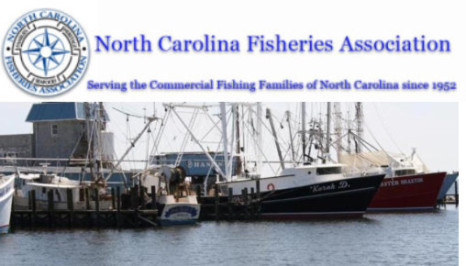
North Carolina Fisheries Association Weekly Update for November 10, 2017
Click here to read the Weekly Update, to read all the updates Click here, for older updates listed as NCFA click here 15:44
Fish traps of past may help future of Columbia salmon
 The once-outlawed commercial fishing technique has been generating fresh interest in the face of declining wild salmon runs and might offer a less lethal way of handling wild salmon while harvesting hatchery fish for the consumer. Fish traps were once used broadly in the Northwest during the early part of the last century to harvest salmon for the canneries, but they were eventually outlawed because they caught too many fish.,, Jim Wells is a member of the lower Columbia River gill-net fleet, and after the conservation group published its findings on the traps he did a little bit of research. Using the catch data from the trap, he figured just how many sell-able fish they had caught during this last season. click here to read the story 14:52
The once-outlawed commercial fishing technique has been generating fresh interest in the face of declining wild salmon runs and might offer a less lethal way of handling wild salmon while harvesting hatchery fish for the consumer. Fish traps were once used broadly in the Northwest during the early part of the last century to harvest salmon for the canneries, but they were eventually outlawed because they caught too many fish.,, Jim Wells is a member of the lower Columbia River gill-net fleet, and after the conservation group published its findings on the traps he did a little bit of research. Using the catch data from the trap, he figured just how many sell-able fish they had caught during this last season. click here to read the story 14:52
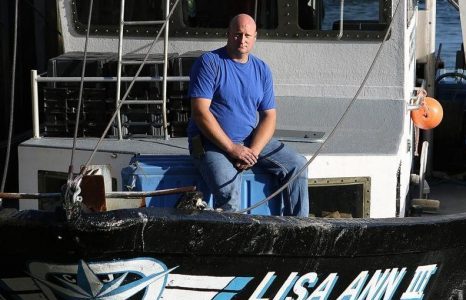
This fisherman is determined to fight the rising tide of government quotas
There’s another species in the ocean that is slowly disappearing. This one doesn’t have fins, but orange waders, heavy rubber gloves, and fishing tackle. It’s the commercial fishermen. The industry they work in is being choked by what fishermen say are unmanageable fines and regulations. Jim Ford of Lisa Ann Fisheries is one of those still standing. Fewer and fewer boats are going out to sea, to Ford’s dismay. While there used to be dozens of draggers going out of Newburyport, he’s now the only fisherman doing it full-time — pulling a net or trawling the rocky seabed to scoop up his catch. Ford, 47, disagrees that the sea is being depleted.,, On his 52-foot fiberglass boat, Lisa Ann III, Ford typically steams out at midnight for a three-hour trip to Jeffreys Ledge with two crewmen on deck and a federal observer — a third-party ombudsman — to monitor overfishing. click here to read the story 13:53
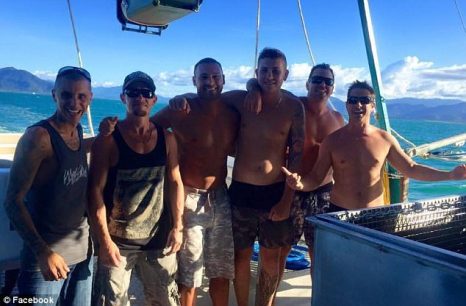
‘My heart has been broken’: Sole survivor of trawler tragedy which left six fishermen dead breaks his silence
The sole survivor of the Queensland trawler tragedy which left six young fishermen dead has broken his silence in an emotional tribute to his late friends. Ruben McDornan, 32, was one of seven men aboard cucumber trawler Dianne when it capsized in treacherous seas off the town of Seventeen Seventy last month. The bodies of Adam Hoffman and Ben Leahy were found in the sunken boat five days after the desperate search began. Four men, Adam Bidner, Chris Sammut, Eli Tonks and Zach Feeney, have not been found. click here to read the story 10:58
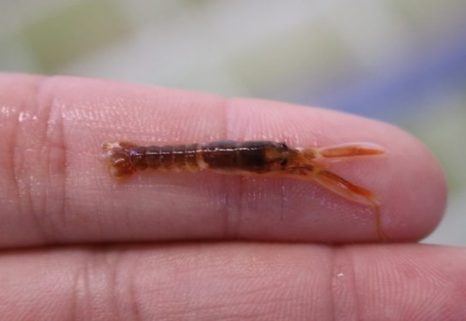
Baby lobsters nurtured in Northumberland to boost life chances
Baby lobsters are being nurtured in Northumberland to improve their chances of making it to adulthood. Female lobsters are brought to the Northumberland Seafood Centre’s Hatchery, where their eggs are carefully packaged and preserved in sea-like conditions. After they’ve been given time to develop the eggs are taken on board a conservation boat. The boat then takes them out to sea and lays them on the sea bed. photo’s click here to read the story 10:14
Labour to pause rollout of fish monitoring system
 The fishing industry has got the pause it wanted to a system of electronic monitoring and reporting of fishing catches. Fisheries Minister Stuart Nash has instructed Ministry for Primary Industries officials to look at options for slowing down the implementation of IEMRS (Integrated Electronic Monitoring and Reporting System) on commercial fishing vessels.,, All commercial fishers were going to be required to use Geospatial Position Reporting and e-logbooks by April 1, 2018, and cameras by October 1, 2018. click here to read the story 09:01
The fishing industry has got the pause it wanted to a system of electronic monitoring and reporting of fishing catches. Fisheries Minister Stuart Nash has instructed Ministry for Primary Industries officials to look at options for slowing down the implementation of IEMRS (Integrated Electronic Monitoring and Reporting System) on commercial fishing vessels.,, All commercial fishers were going to be required to use Geospatial Position Reporting and e-logbooks by April 1, 2018, and cameras by October 1, 2018. click here to read the story 09:01
Number 1 – Highest Value Species: Lobster
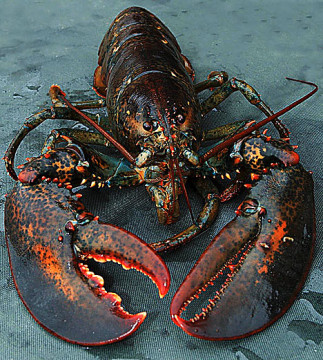 The annual Fisheries of the United States report just released by NOAA includes 2016 statistics on commercial fisheries, with lobster ranking as the highest value commercial species. U.S. commercial fishermen landed 9.6 billion pounds of seafood in 2016 (down 1.5 percent from 2015) valued at $5.3 billion (up 2.1 percent from 2015). The highest value commercial species were lobster ($723 million total, which includes $666.7 million in American lobster and $55.9 million in spiny lobster), crabs ($704 million), scallops ($488 million), shrimp ($483 million), salmon ($420 million), and Alaska walleye pollock ($417 million). click here to read the story 08:33
The annual Fisheries of the United States report just released by NOAA includes 2016 statistics on commercial fisheries, with lobster ranking as the highest value commercial species. U.S. commercial fishermen landed 9.6 billion pounds of seafood in 2016 (down 1.5 percent from 2015) valued at $5.3 billion (up 2.1 percent from 2015). The highest value commercial species were lobster ($723 million total, which includes $666.7 million in American lobster and $55.9 million in spiny lobster), crabs ($704 million), scallops ($488 million), shrimp ($483 million), salmon ($420 million), and Alaska walleye pollock ($417 million). click here to read the story 08:33


































